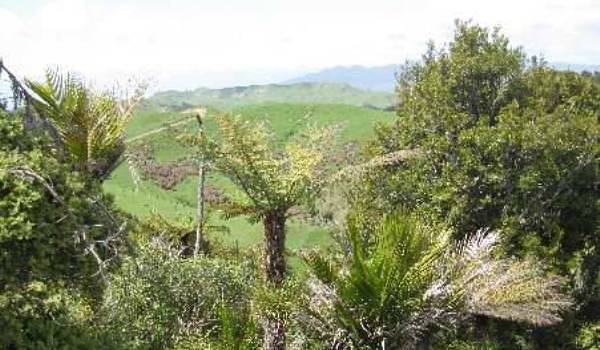Sands of time by John Lawson – Continuing our occasional history series, we look back to Whāingaroa a century ago – 1923
The RAGLAN RAILWAY
Although roads were the big issue for Raglan on 1923, there had previously been strong support for a railway.

Raglan had been petitioning for a railway since 1897 and another petition was presented in 1920. Its backers said a railway would stop the heavy vehicles damaging the roads. However, it wasn’t until 1923 that the government set up a poll and they included areas such as Ngāhinapōuri in the polling district, though they were quite close to existing railways. Kawhia South also protested at being included in the Railway District, as the line for which they would be rated would stop at Kawhia. Meanwhile the Minister of Public Works and Railways, Gordon Coates, on 24 October 1922, in introducing his Highways Bill, had said, “the day will come when it will be found that through the use of motor transport certain railways in New Zealand will be relegated to a secondary place altogether, and probably will be torn up, and we shall have motor traffic taking their place.” By setting in place a system of subsidy from ratepayers and taxpayers and requiring railways to pay about 25% of their earnings to government, he ensured his prophecy came true.
It doesn’t seem to have been reported in the newspapers, but Bob Vernon’s Raglan history says, “Gordon Coates, as Minister of Public Works made a firm promise to the people of the district, that if they would drop the light railway scheme, the Government would provide a sealed highway to both Raglan and Kawhia within 5 years. It must be remembered that at that time the roads were deplorable. The people fell for this promise and ditched the Light Railway Scheme. The sealed road to Raglan arrived some 30 years later”.
Thus, on 4 October 1923, 9 members were elected who opposed the railway. Had the vote been limited to places close to the proposed railway, but not close to existing stations, 7 out of 10 would have supported the railway. Of such areas which would have gained from a railway, only Te Uku marginally voted against it, with large votes for the railway in places such as Raglan and Waitetuna. Calls for a railway to Raglan soon became just a part of history.
